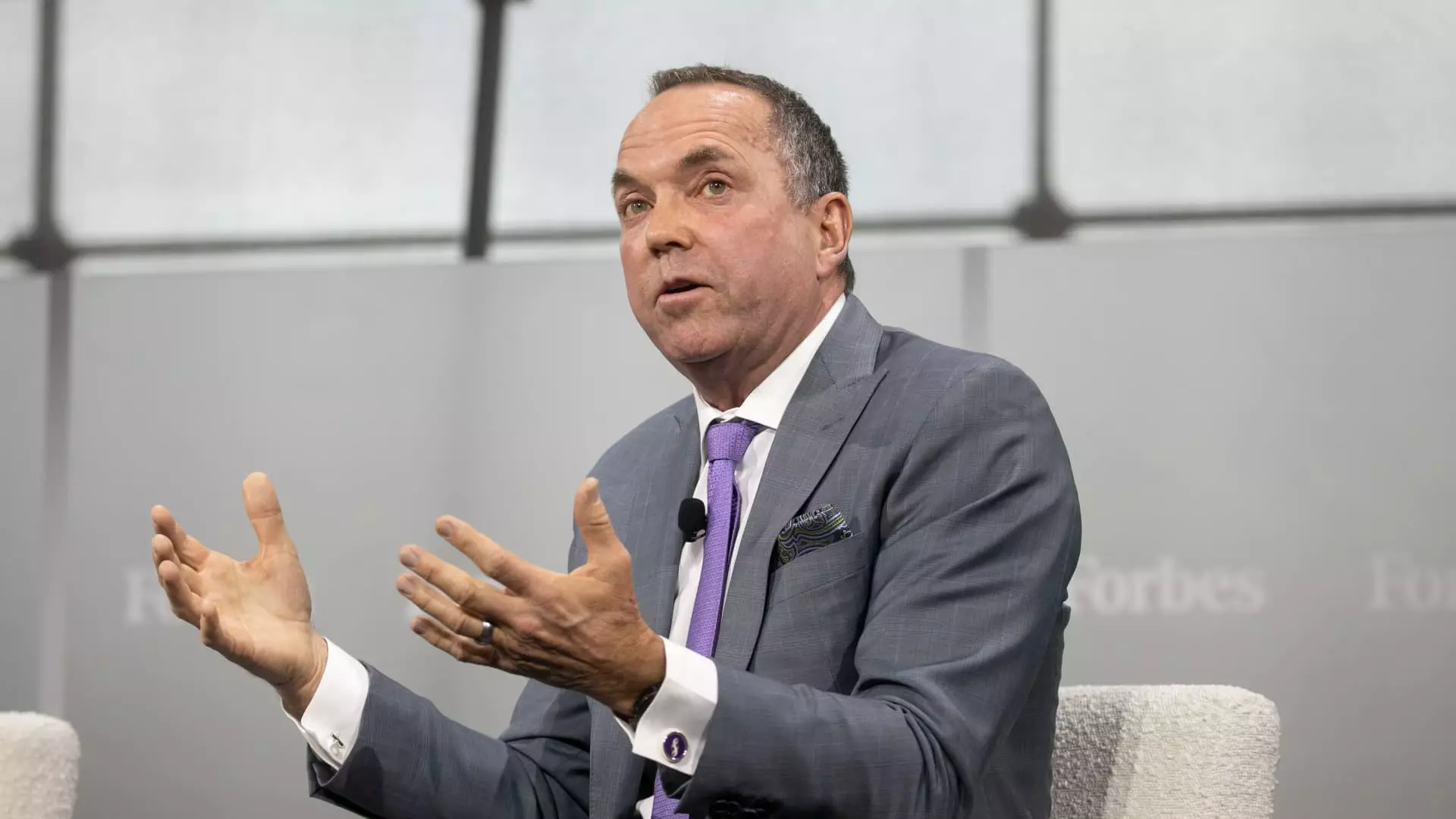In recent days, Sarepta Therapeutics has found itself at the crossroads of innovation and catastrophe. Once lauded for pioneering gene therapy solutions for rare diseases like Duchenne muscular dystrophy, the company now faces an existential threat amidst mounting safety concerns and regulatory crackdowns. The dramatic plunge of over 30% in its stock price is not merely financial; it symbolizes a deep loss of trust in the company’s ability to deliver on its promises without risking lives. The once-celebrated Elevidys, which represented hope for children with a devastating muscular disorder, is now cast into doubt, with regulators contemplating its removal from the market. This crisis underscores a critical lesson about the limits of rapid innovation in biotechnology and the peril of sacrificing safety in the pursuit of unmet needs.
The Perilous Path of Accelerated Approvals
Sarepta’s journey with Elevidys reveals a broader flaw in how regulatory agencies have been handling groundbreaking therapies. The FDA’s decision to grant even conditional approval before full evidence was available indicates a willingness to bypass caution for the sake of hope. Such decision-making shortcuts have proved costly; the company’s subsequent safety incidents—two teenage boys dying from liver failure, alongside reports of another tragic death during a clinical trial—highlight the perils of rushing to market. These fatalities are not merely statistical setbacks—they are tragic human stories that expose the profound risks of prematurely endorsing unproven therapies.
The controversy surrounding the expanded approval for Elevidys in 2024 exposes the dangerous tension between regulatory prudence and political or commercial pressures. Peter Marks, a notable figure at the FDA, overruled internal considerations to validate a wider patient age group, despite limited evidence of benefit. Such actions undermine the credibility of regulatory bodies tasked with safeguarding public health and signal an alarming willingness to compromise safety for therapeutic optimism. It’s a stark reminder that in the race to cure rare, devastating diseases, the rush often leaves wounded lives in its wake.
The Unmet Need versus Uncertain Benefit
At the heart of this turmoil is the unrelenting challenge of addressing Duchenne muscular dystrophy—an aggressive disease with no cure and a high mortality rate by the early twenties. The desperation of families like Jennifer Handt’s underscores a harsh reality: when lives hang in the balance, hope can sometimes distort the bounds of scientific prudence. Her son, Charlie, experienced tangible health improvements that she attributes to Elevidys, providing a bittersweet narrative in an otherwise bleak landscape of uncertainty.
However, enthusiasm must be tempered by rigorous evidence. Elevidys failed to meet its primary endpoint in crucial Phase 3 trials, yet regulators relaxed standards, citing other promising metrics. This pragmatic but contentious compromise reflects a dangerous trend: prioritizing early access over comprehensive safety and efficacy data. The divergence between regulatory approvals and scientific validation risks creating a precarious environment where treatments may do more harm than good, eroding public trust further—a consequence scarcely considered amidst the thirst for innovation.
The Cost of Overconfidence in the Biotech Bubble
Sarepta’s heavy reliance on Elevidys for its revenue base underscores the profound danger of overdependence on a single, yet increasingly questionable, product. While the company has projected optimistic future revenues of $500 million annually if it remains on the market for patients able to walk, its survival now hinges on the fate of this one therapy. If the FDA were to ban Elevidys entirely, Sarepta’s future would be in jeopardy, with insider analysts warning that the company’s entire viability rests on maintaining regulatory approval.
This situation embodies the risks of aggressive innovation within a biotech landscape increasingly enthralled by the promise of gene therapies. When safety concerns emerge, the entire industry’s credibility is on the line, revealing the precarious balance between groundbreaking progress and patient safety. Sarepta’s case exemplifies how hubris and rushed approvals can lead to catastrophic financial and reputational fallout, emphasizing that true innovation demands a cautious, measured approach rather than reckless optimism.
Ethical Dilemmas and the Role of Society
Finally, the human stories embedded within this controversy serve as a sobering reminder of the ethical responsibilities borne by all stakeholders. Families like Jennifer Handt’s are caught between hope and despair, willing to accept considerable risks for a chance at improvement. This moral dilemma questions whether the pursuit of scientific breakthroughs justifies potential harm—an especially poignant debate when lives are on the line.
As society grapples with these complex issues, it is imperative that regulatory agencies, biotech companies, and the public remain vigilant. Innovation should never come at the expense of safety, and economic considerations must not override the fundamental ethical obligation to protect human life. The stakes have never been higher in this high-stakes game of scientific progress versus human caution, and Sarepta’s travails serve as a stark warning of what can go wrong when the scales tip too far in the pursuit of hope.


Leave a Reply